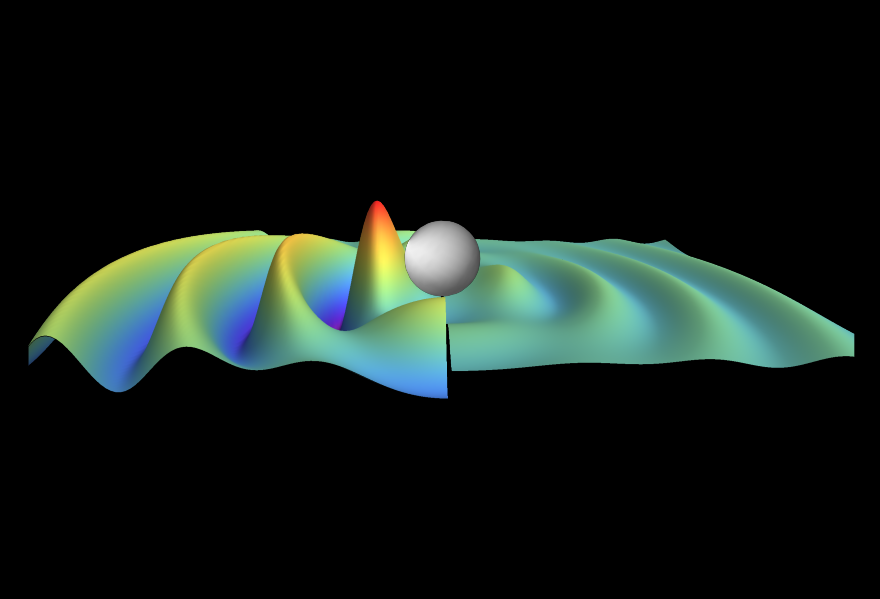Stars that absorb gravitational waves

Gravitational waves unleashed by cataclysmic events such as the collision of two black holes were long thought to traverse the Universe almost unimpeded. An article just published as Editor's Suggestion in Physical Review Letters, led by Center of Gravity members Jaime Redondo-Yuste and Vitor Cardoso, shows that this picture is incomplete, demonstrating the possibility that sufficiently viscous matter can absorb high-frequency gravitational waves. Neutron stars, made of the densest matter of the cosmos, when endowed with enough internal dissipation can soak up these ripples of spacetime almost as efficiently as a black hole. This finding also has key implications for accretion disks feeding supermassive black holes: as gravitational waves pass through these disks they are partially absorbed, heating the gas and triggering bright bursts of light. Such signatures could provide new ways to spot the sources emitting gravitational waves, and to extract information about the environment surrounding supermassive black holes.
But absorption is only part of the story. The study shows that, at extreme viscosities, matter can actually reflect gravitational waves, functioning as a cosmic mirror. This finding confirms a conjecture made by Press over half a century ago regarding the hypothetical material "Respondium''. While the required viscosity exceeds what is physically possible in neutron stars, it opens a new paradigm: gravitational waves, rather than passing by undisturbed, can be absorbed, reflected, or even amplified as they interact with the complex astrophysical environments of the Universe.
More details about the article can be read in the press coverage by New Scientist and Physics, while the article can be found here.
Oct. 9, 2025, 12:21 p.m.